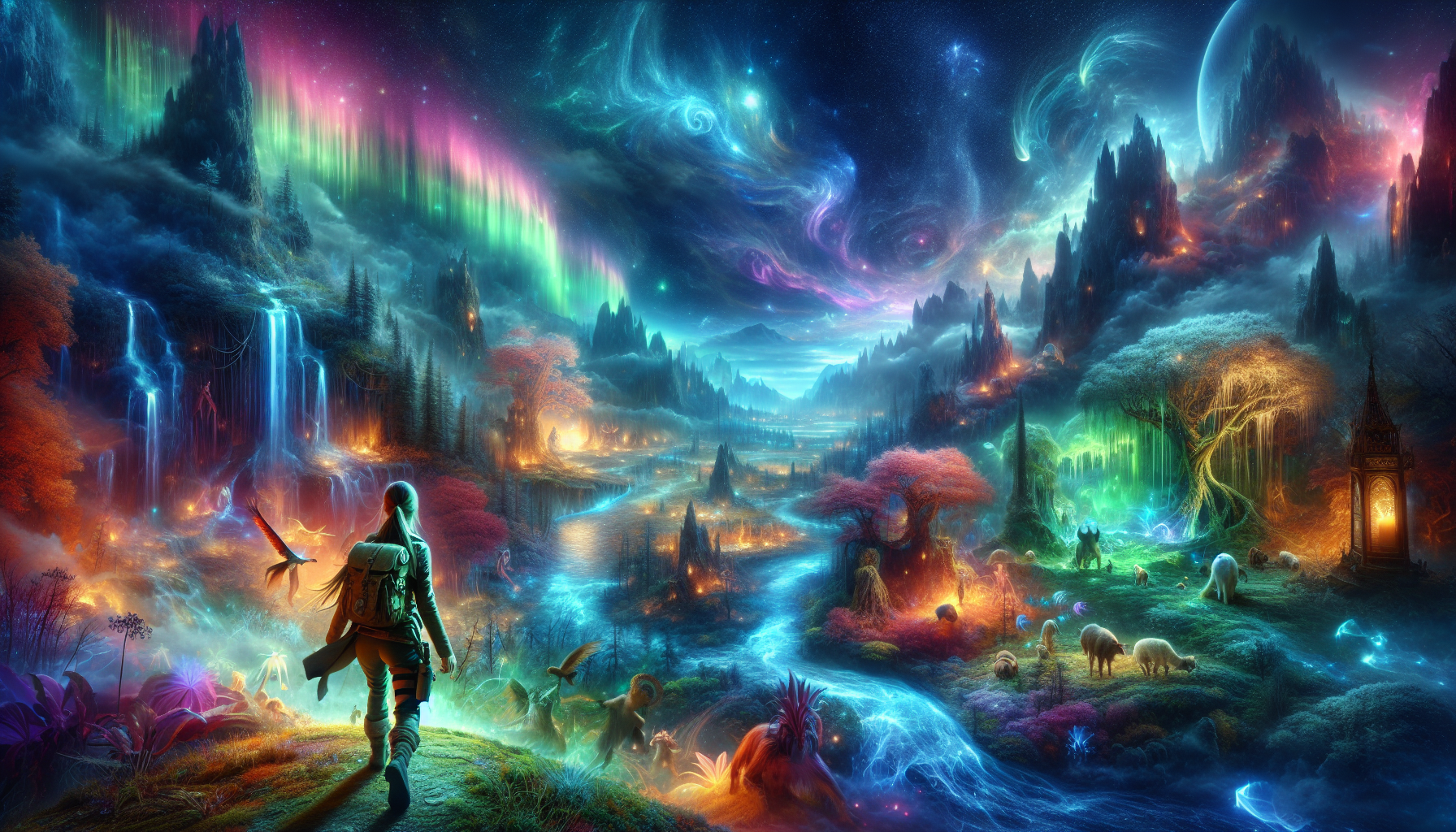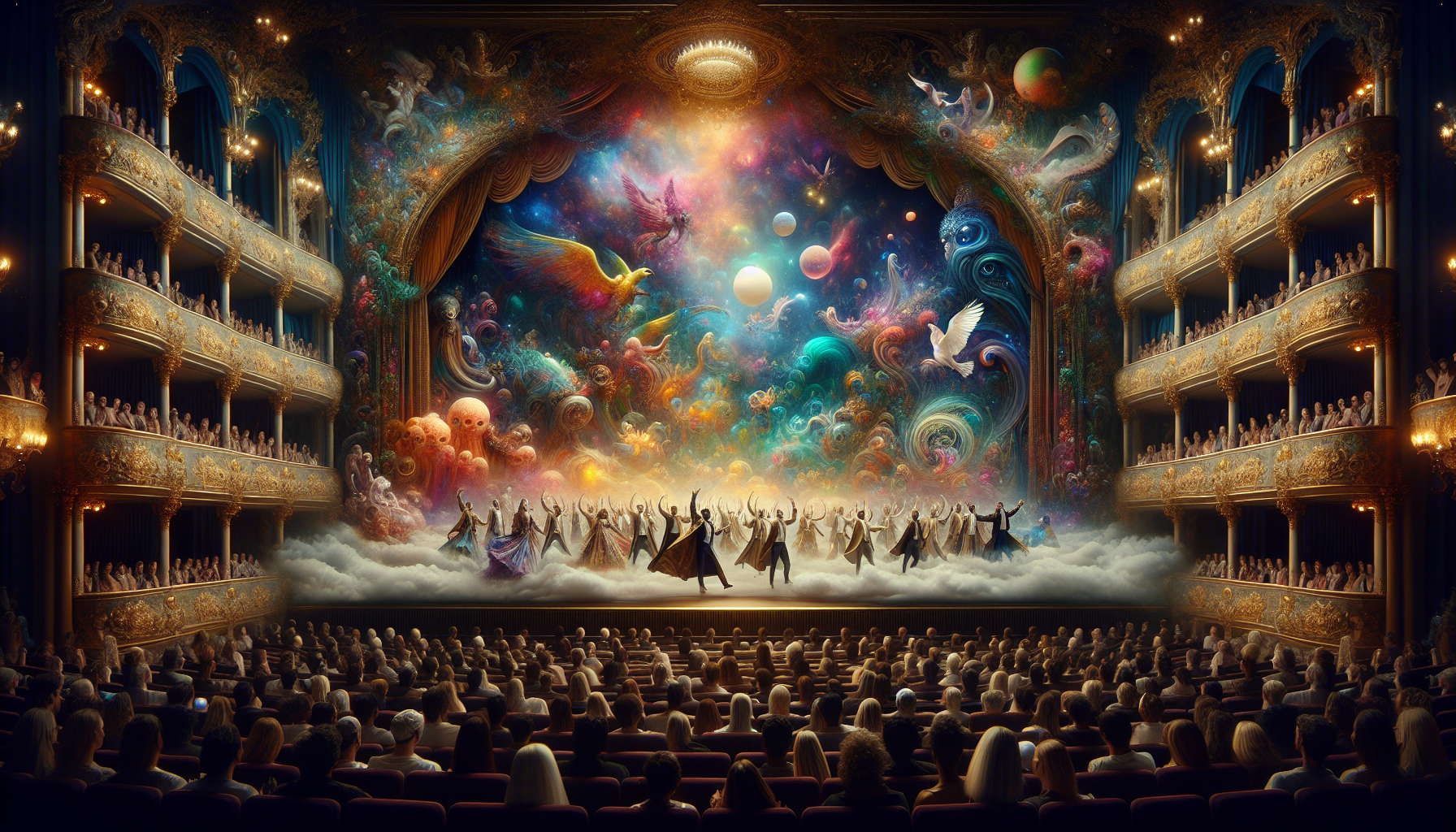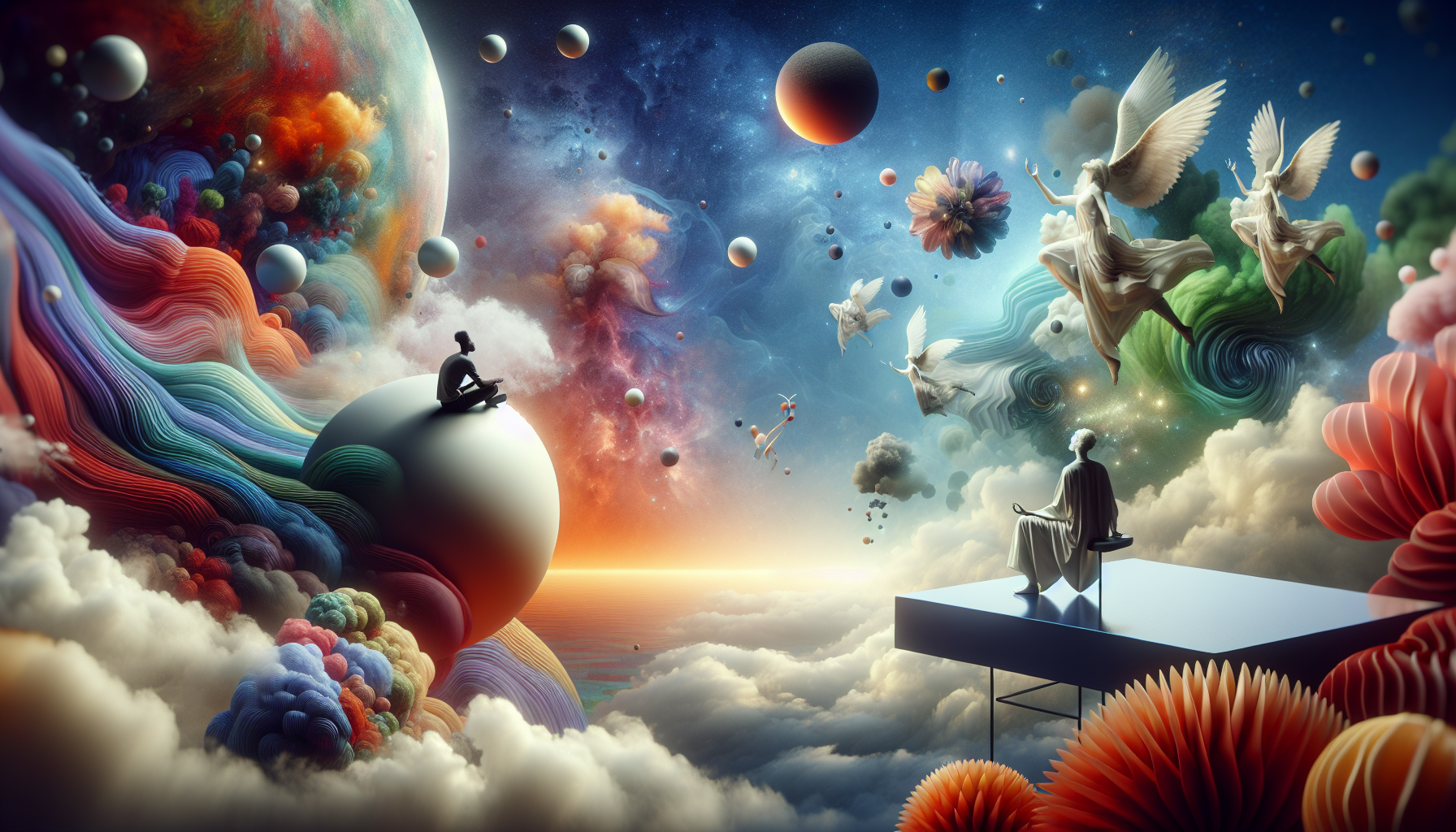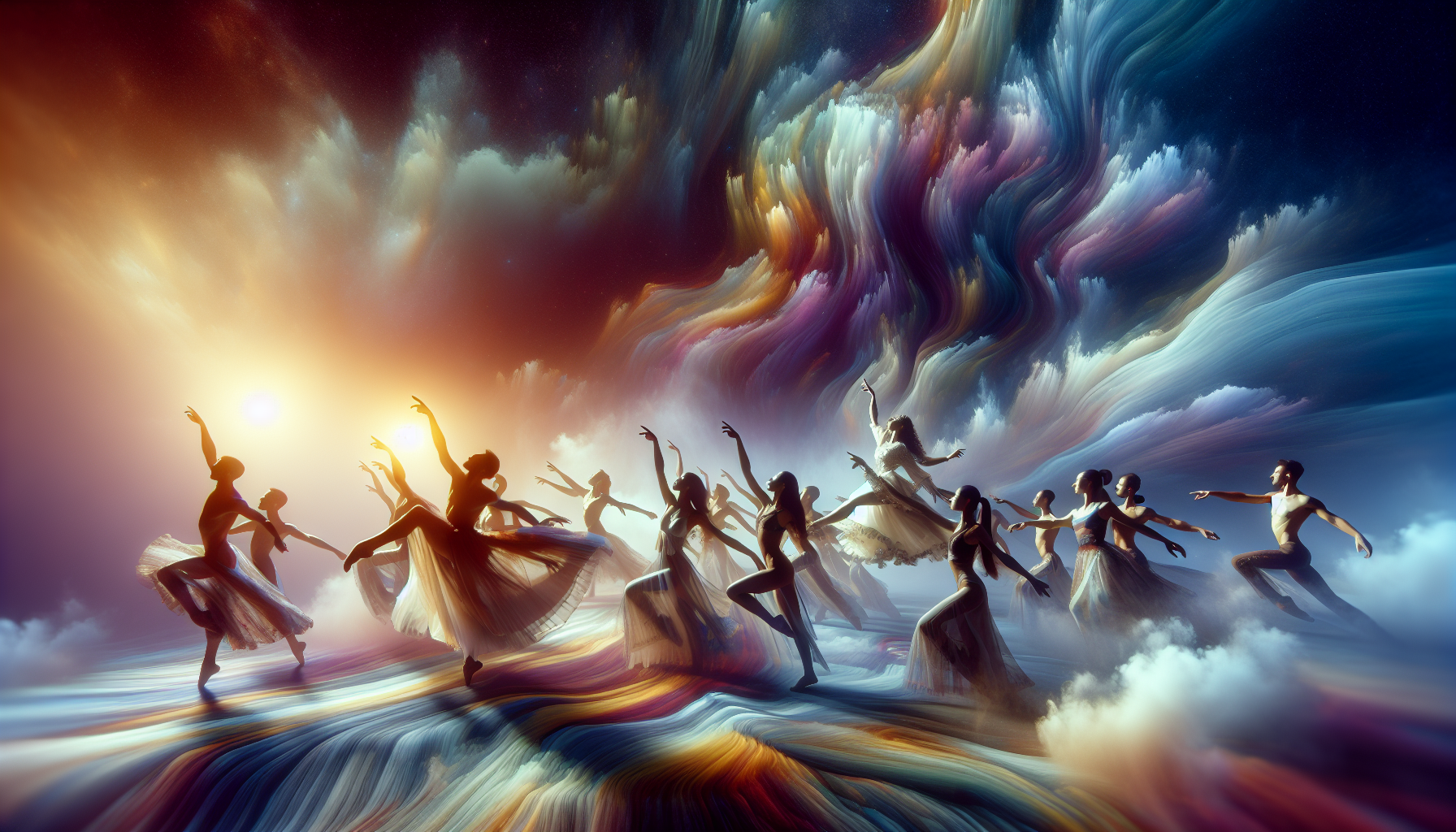Dreams have long fascinated humankind, serving as windows into the subconscious and offering tantalizing glimpses of our innermost thoughts and emotions. Across cultures and centuries, dreams have been interpreted as prophetic messages, reflections of daily experiences, or even mere random firings of the sleeping brain. However, one question continues to intrigue dreamers and scholars alike: are the symbols in our dreams deeply personal, tied intricately to our individual experiences, or are they part of a universal lexicon, shared across humanity regardless of culture and background? This article seeks to unravel this mystery, delving into the intricate web of personal versus universal dream symbols, and offering insights into how we might decode the messages that our nighttime visions are trying to convey. 🌙
In our quest to understand dreams, it’s essential to recognize the duality of their nature. On one hand, we have personal dream symbols, which are deeply rooted in an individual’s experiences, memories, and emotions. These symbols are often unique to the dreamer, shaped by personal history and context. For instance, dreaming of a childhood home might evoke specific emotions and memories for one person, while representing something entirely different for another. On the other hand, universal dream symbols are those that appear consistently across different cultures and societies, hinting at a shared human experience. Symbols like water, flying, or being chased often carry similar meanings for people worldwide, suggesting an underlying commonality in the human psyche.
The journey to decipher these symbols is as much about introspection as it is about understanding collective human experiences. Throughout this article, we will explore the rich tapestry of dream interpretation, examining how cultural, psychological, and historical perspectives have shaped our understanding of dream symbols. We will delve into the theories of renowned figures like Sigmund Freud and Carl Jung, who laid the groundwork for much of modern dream analysis. Freud, with his emphasis on the unconscious and repressed desires, and Jung, with his archetypes and collective unconscious, offer contrasting yet complementary views on the nature of dream symbolism. 🧠
Moreover, this exploration will also touch upon contemporary approaches to dream analysis, incorporating scientific research and advances in psychology to offer a holistic view. From exploring how personal experiences shape dream narratives to understanding the potential universal meanings behind common symbols, this article aims to equip readers with the tools needed to embark on their own journey of dream interpretation. Whether you’re a seasoned dream analyst or a curious novice, join us as we dive deep into the enigmatic world of dreams, peeling back the layers of symbolism to reveal the profound insights that lie beneath. By the end, you might just find that the key to understanding your dreams is not just about deciphering symbols, but about discovering what those symbols mean to you. 🌟
Understanding Dream Symbols: A Dive into the Psyche
Dreams have long fascinated humanity, serving as windows into the subconscious mind. These nocturnal narratives often leave us pondering their meanings and significance. One of the most intriguing aspects of dreams is their symbolism. Dream symbols can be categorized into personal and universal symbols, each offering unique insights into our psyche.
Personal dream symbols are unique to the dreamer, arising from individual experiences, emotions, and memories. They reflect personal concerns, desires, and fears. For instance, if someone has a cherished childhood toy, dreaming about it might signify comfort or nostalgia, something deeply personal and unique to that individual’s experiences.
On the other hand, universal dream symbols are archetypal, shared across cultures and societies. These symbols, often studied by psychologists like Carl Jung, represent collective experiences and ideas. Common universal symbols include water (often symbolizing emotions), flying (representing freedom or escape), and being chased (indicating anxiety or avoidance). Understanding these symbols can provide a broader context for interpreting dreams.
The Science Behind Dream Interpretation
Interpreting dreams is not just an art but also a science. The study of dreams, known as oneirology, combines psychology, neuroscience, and cultural studies. Scientists have discovered that dreams occur during the Rapid Eye Movement (REM) stage of sleep, where brain activity is high, and vivid dreams are more likely.
Neuroscientists believe that dreams are a way for the brain to process information, sort memories, and solve problems. This hypothesis, known as the ‘problem-solving dream theory,’ suggests that dreams help us work through unresolved issues or challenges in our waking lives. By decoding dream symbols, we can gain insight into these subconscious processes.
However, interpreting dreams requires more than just understanding the scientific aspects. It involves delving into the emotional and symbolic content of dreams, often requiring a nuanced understanding of the dreamer’s personal context. This makes dream interpretation both a science and an art, requiring sensitivity and intuition.
Personal vs. Universal Symbols: Key Differences
Understanding the distinction between personal and universal symbols is crucial for accurate dream interpretation. Personal symbols are deeply embedded in an individual’s psyche, often linked to personal experiences and emotions. These symbols can vary significantly from person to person, making them highly subjective.
In contrast, universal symbols are recognized across different cultures and societies, often representing shared human experiences. These symbols are less subjective and more archetypal, offering a broader perspective on the dream’s meaning. By comparing personal and universal symbols, we can gain a deeper understanding of our dreams and the subconscious mind.
Comparative Analysis: Personal vs. Universal Symbols
To better understand the distinction between personal and universal symbols, consider the following table:
| Aspect | Personal Symbols | Universal Symbols |
|---|---|---|
| Origin | Derived from individual experiences | Common across cultures |
| Interpretation | Highly subjective | Archetypal |
| Examples | Specific objects, people, or places significant to the dreamer | Water, flying, being chased |
As illustrated in the table, personal symbols are unique to the dreamer, reflecting personal experiences and emotions. Universal symbols, however, are archetypal and shared across cultures, offering a broader context for interpretation. Understanding these differences is key to unlocking the mysteries of our dreams.
Practical Approaches to Dream Interpretation
Decoding dream symbols requires a systematic approach, combining scientific knowledge with intuitive insights. One effective method is keeping a dream journal, where you record your dreams immediately upon waking. This practice helps you identify recurring symbols and themes, providing valuable data for analysis.
Once you’ve identified the symbols, try to connect them with your waking life experiences and emotions. Ask yourself questions like, “What does this symbol mean to me?” or “How does this symbol relate to my current life situation?” By reflecting on these questions, you can gain insights into the personal significance of your dreams.
For universal symbols, consider consulting resources like dream dictionaries or psychological literature. These sources offer interpretations based on cultural and archetypal meanings, providing a broader perspective on your dreams. Remember, dream interpretation is not an exact science, so it’s important to remain open-minded and flexible in your approach.
Video Resource: Exploring Dream Symbols
For a deeper understanding of dream symbols, watch the following video by Psych2Go, which delves into the psychology of dreams and their meanings:
Understanding Dreams: What Do Your Dreams Mean? – Psych2Go
This video provides valuable insights into dream interpretation, exploring both personal and universal symbols. By combining visual and auditory learning, you can enhance your understanding of this fascinating subject.
Conclusion: The Ongoing Journey of Dream Exploration
Decoding personal and universal dream symbols is a complex yet rewarding endeavor. It offers a window into the subconscious mind, providing insights into our deepest fears, desires, and emotions. By understanding the differences between personal and universal symbols, we can gain a richer understanding of our dreams and ourselves.
As you continue your journey of dream exploration, remember to approach it with curiosity and an open mind. Dreams are a reflection of our inner world, offering valuable guidance and insights. By embracing this exploration, you can unlock the mysteries of your subconscious mind and embark on a journey of self-discovery.
- Keep a dream journal to record and analyze your dreams.
- Reflect on personal symbols and their meanings in your waking life.
- Consult resources for interpretations of universal symbols.
Whether you’re a seasoned dream explorer or a curious newcomer, the world of dreams offers endless opportunities for learning and growth. So, dive deep into your subconscious, decode the symbols, and uncover the hidden treasures within your dreams. 🌙
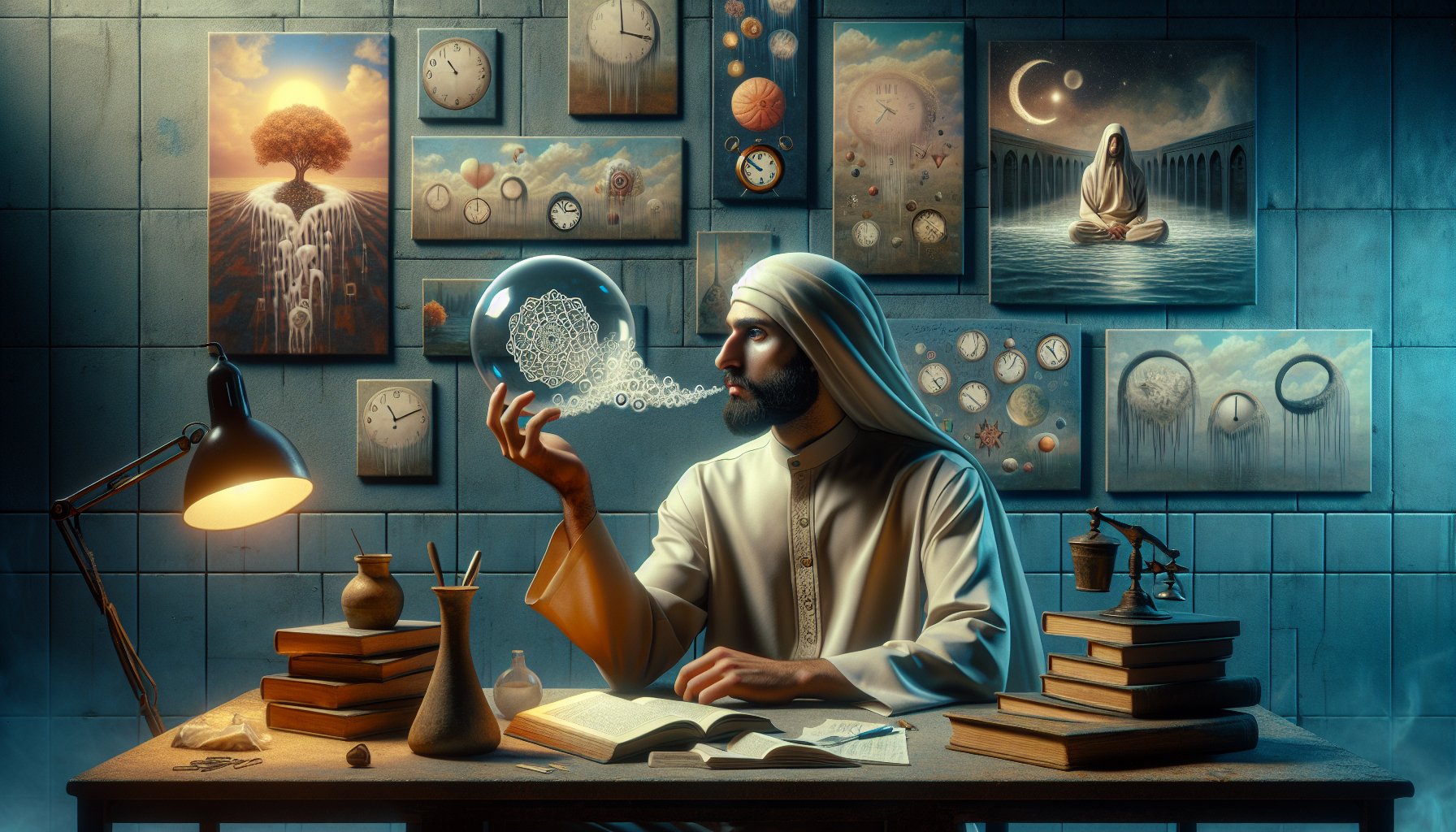
Conclusion
Conclusion: Decoding Personal vs. Universal Dream Symbols
In our exploration of the fascinating realm of dream interpretation, we’ve embarked on a journey to understand the nuances between personal and universal dream symbols. This investigation has unveiled the complexity and depth of the human psyche, revealing how our dreams are not just random assortments of images, but profound narratives that can offer insights into our subconscious mind.
Recap of Key Points
Throughout the article, we’ve delved into the distinction between personal and universal symbols in dreams. Personal symbols are unique to the individual, crafted from one’s experiences, emotions, and personal associations. These symbols are deeply tied to one’s personal history and emotional landscape. For instance, a dog in a dream might represent loyalty and friendship for one person, based on their positive experiences with pets, while for another, it might symbolize fear or anxiety due to a past traumatic event.
On the other hand, universal symbols are those that carry a collective meaning, transcending individual experiences. These symbols are embedded in the human experience across cultures and time. For example, water often represents emotions or the subconscious, while flying might symbolize freedom or ambition. Carl Jung’s theory of the collective unconscious plays a crucial role in understanding these universal symbols, suggesting that certain symbols are inherent to the human psyche.
We also examined the methodologies for interpreting these symbols, emphasizing the importance of context and introspection. Dream journals, psychological analysis, and cultural references were highlighted as tools to decipher these enigmatic symbols. Moreover, understanding the interplay between personal and universal symbols can lead to a more comprehensive interpretation, providing a richer tapestry of meaning and insight.
The Importance of Dream Interpretation
The significance of decoding dream symbols cannot be overstated. Dreams serve as a bridge between our conscious and unconscious minds, offering a unique avenue for self-reflection and personal growth. By paying attention to our dreams, we can uncover hidden emotions, unresolved conflicts, and potential paths for personal development. This practice not only enhances self-awareness but also fosters creativity, problem-solving, and emotional healing.
Dream interpretation is a valuable tool for therapists and individuals alike, facilitating deeper understanding and connection with oneself. It is a reminder that the answers we seek often lie within, waiting to be discovered through the language of our dreams.
Encouragement for Readers
As we conclude this exploration, I encourage you, dear reader, to embrace the mystery of your dreams. Keep a dream journal, noting down your dreams and reflecting on the symbols that appear. Engage with others in discussions about dreams, as sharing perspectives can offer new insights and interpretations. 📝
Share this article with friends and family who might be intrigued by the world of dreams. Engaging in conversations about dream interpretation can be a wonderful way to connect with others and explore the depths of the human experience together. 🌟
Apply what you’ve learned in your daily life. Reflect on your dreams and consider how they might relate to your waking life. Use this understanding as a tool for personal growth and self-discovery. Remember, your dreams are a unique tapestry woven from the threads of your conscious and unconscious mind, waiting to be unraveled.
In closing, dreams are not just a nightly escape from reality but a powerful means of introspection and enlightenment. By decoding the symbols within our dreams, both personal and universal, we open the door to a deeper understanding of ourselves and the world around us. Keep dreaming, exploring, and discovering the profound wisdom hidden in the realm of dreams. 🌙
For further reading and research on dream interpretation, you can visit these active sources:
1. International Association for the Study of Dreams
These resources offer a wealth of information and tools to continue your journey into the fascinating world of dreams.
Gabriel is a visual storyteller and dream archivist whose work explores the fragile boundary between memory and imagination. Through layered visuals and symbolic design, Gabriel captures the fleeting essence of dreams — those strange, beautiful, and sometimes haunting fragments that drift through sleep and linger in waking thought.
His creative journey is rooted in a deep fascination with the subconscious and the imagery it conjures. From half-remembered landscapes to recurring symbols and surreal encounters, each piece Gabriel brings to life becomes a portal into the inner archive — where time distorts, meanings shift, and personal mythology takes form.
With a background in handcrafted artistry and visual composition, Gabriel merges intuition with intention. His work doesn’t merely depict dreams; it preserves them, translating ephemeral moments into tangible expressions that evoke emotion, curiosity, and quiet revelation. Each visual is both a record and an invitation to explore the rich terrain of inner life.
Through illustrated dream journals, symbolic studies, and visual essays, Gabriel invites others to connect with the poetic architecture of their subconscious landscapes. His art becomes a mirror — not only of what we see at night, but of what we carry deep within.
His work is a tribute to:
-
The fragile beauty of forgotten dreams
-
The language of symbols in the subconscious mind
-
The inner worlds we visit but rarely name
Whether you’re a lucid dreamer, a seeker of hidden meanings, or someone fascinated by the mystery of sleep-born stories, Gabriel welcomes you to step into a space where dreams are not lost — they are archived, one vision, one sketch, one silent narrative at a time.


